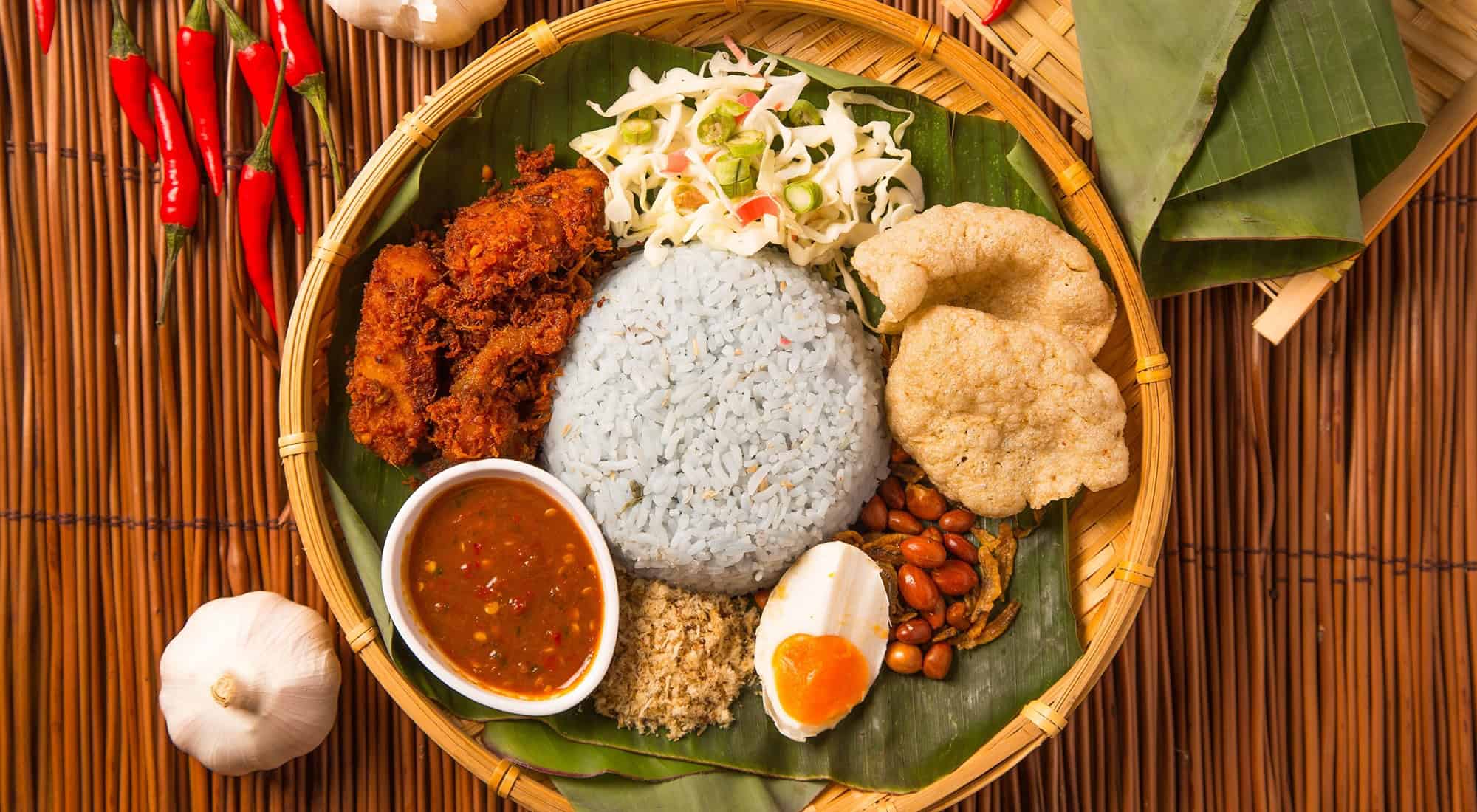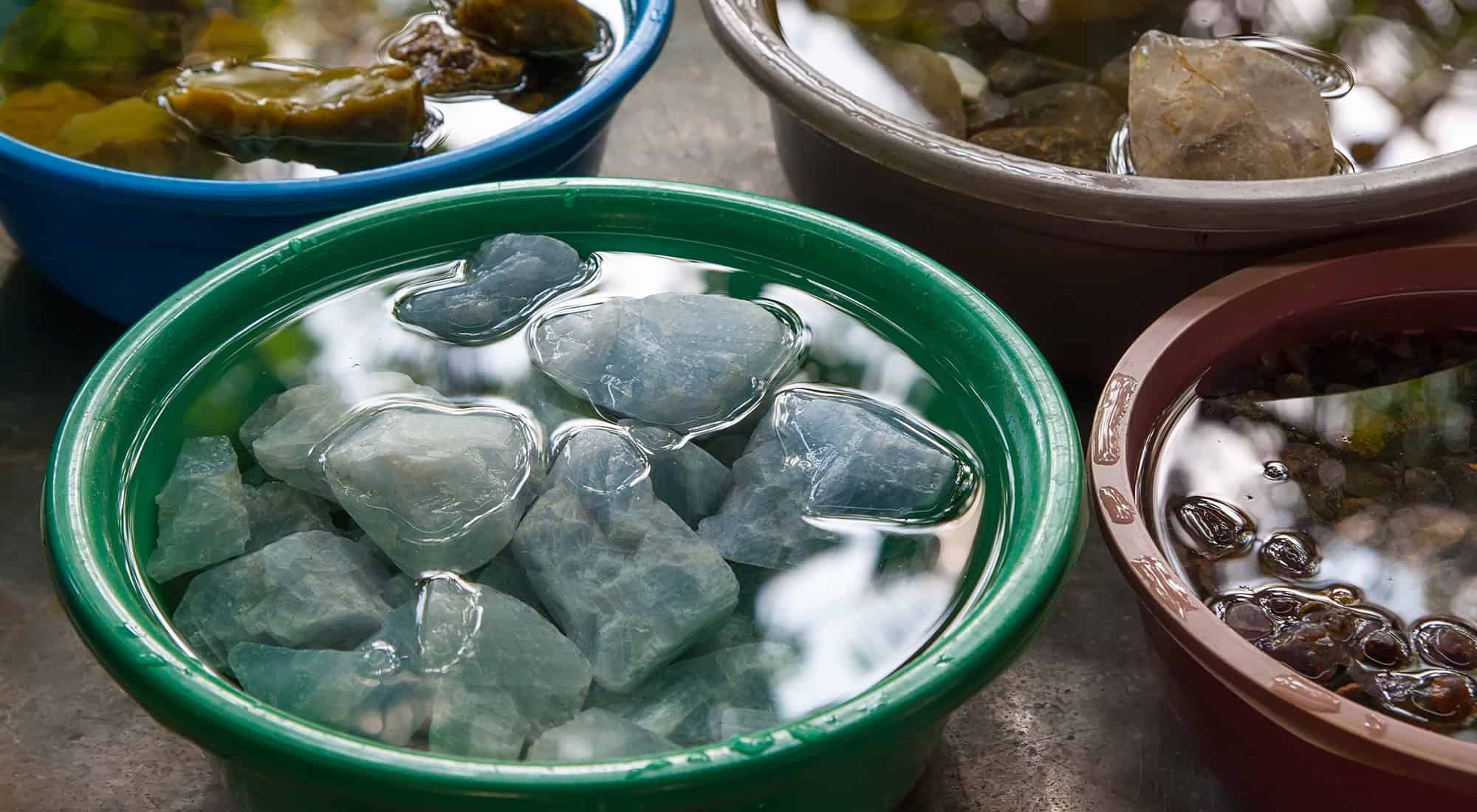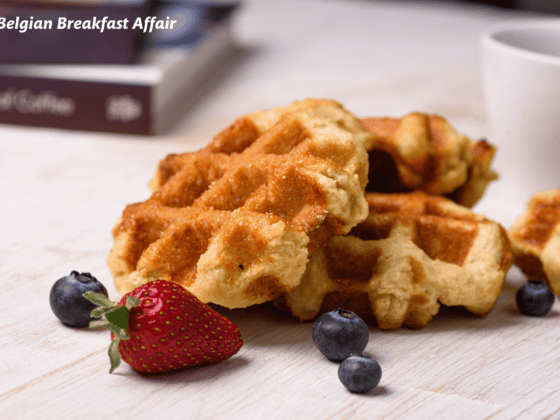BY PAUL DIXON
Malaysians love their food and the dishes of the three main communities, Malay, Chinese and Indian, comprise a hugely varied national menu.
Even within each ethnic cuisine, there is a vast choice; for example, there are North Indian, South Indian and Indian Muslim dishes. Malaysia also has great seafood, which the Chinese do best. The various tribal specialities offered in Sabah and Sarawak further add to this ethnic culinary smorgasbord. For non-meat eaters, there are numerous Chinese and Malay vegetarian dishes, although it is not unusual to find slivers of meat even when a vegetable dish is specifically requested. Most major towns have an Indian district where vegetarians will be able to sit down and enjoy a pure vegetarian feast.
The best Malay food is usually found at stalls in hawker centres. The staple diet is rice and curry, which is rich and creamy due to the use of coconut milk. Herbs and spices include chilli, ginger, turmeric, coriander, lemongrass, anise, cloves, cumin, caraway and cinnamon.
Cantonese and Hainanese cooking are the most prevalent Chinese cuisines. Some of the more common dishes are Hainanese chicken rice (rice cooked in chicken stock and served with steamed or roast chicken), char kway teow (Teochew-style fried noodles, with eggs, cockles and chilli paste), luak (Hokkien oyster omelette), dim sum (steamed dumplings and patties), bak kut the (Hokkien herbal pork stock soup with pork ribs) and yong tow foo (beancurd and vegetables stuffed with fish). Good Chinese food is available in restaurants, coffee shops and from hawker stalls.
Indian cooking can be divided into three schools: northern and southern (no beef) and Muslim (no pork). Northern dishes tend to be more subtly spiced, use more meat and are served with breads. Southern dishes use fiery spices, emphasize vegetables and are served with rice. The best known North Indian food is tandoori, which is served with delicious fresh naan breads, baked in ovens. Other pancakes include roti, thosai and chapati. Malaysia’s famous mamak men are Indian Muslims who are highly skilled at making everything from teh tarik to rotis.
The Kadazan form the largest ethnic group in Sabah and their Sabahan food tends to use mango and can be on the sour side. Check out their sambal tuhau, a condiment heavy on ginger and chilli, lime and prawn paste for a really mindblowing accompaniment.
The Bajau sea nomads are well known for their siput kima, a raw snail dish prepared with lime and lashings of local black pepper.
The Murut do great things with wild boar and river fish and when in Sarawak, it is imperative to try the Melanau dish, umai, a sprightly salad of raw fish, limes, onion, chilli and salt.
The cheapest places to eat are in hawker centres and roadside stalls (often concentrated in or close to night markets) where it is possible to eat well for less than RM5. Stalls may serve Malay, Indian or Chinese dishes and even pseudo-Western (think deep-fried chicken chop, chips and cold baked beans). Next in the sequence of sophistication and price come the ubiquitous kedai kopi (coffee shops), where a meal will cost upwards of RM5. Usually run by Chinese or Indian families, rather than Malay, they open at around 0900 and close in the early evening. Some open at dawn to serve dim sum to people on their way to work and they are also the only coffee shops where it is possible to track down a cold beer. Malay-run kedai kopi are good for lunch with their nasi campur (buffet) spreads. Hotel restaurants regularly lay on buffet spreads, which are fair value at around RM40-50, often much cheaper than the price of a room would suggest; these are also usually open to non-residents.



